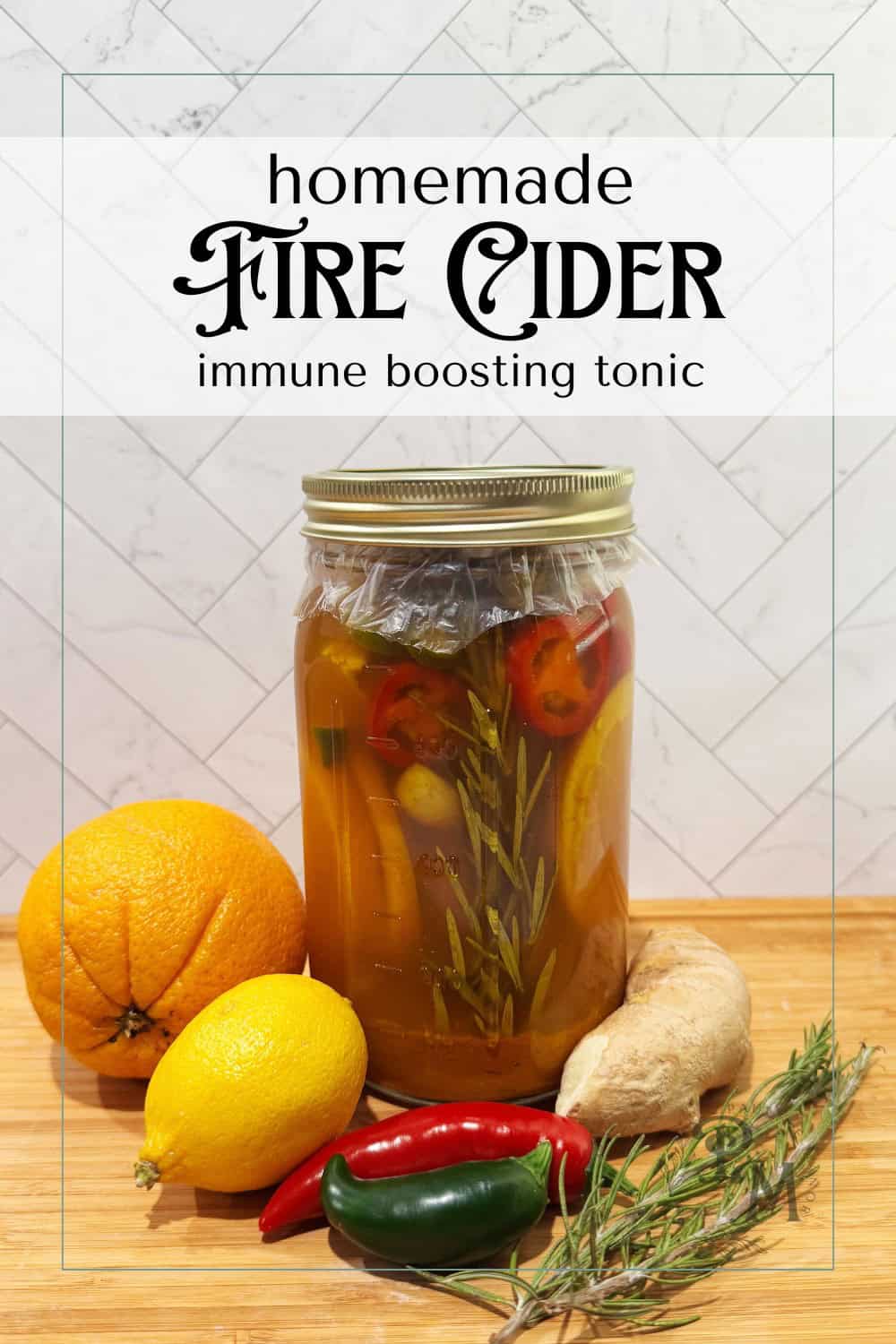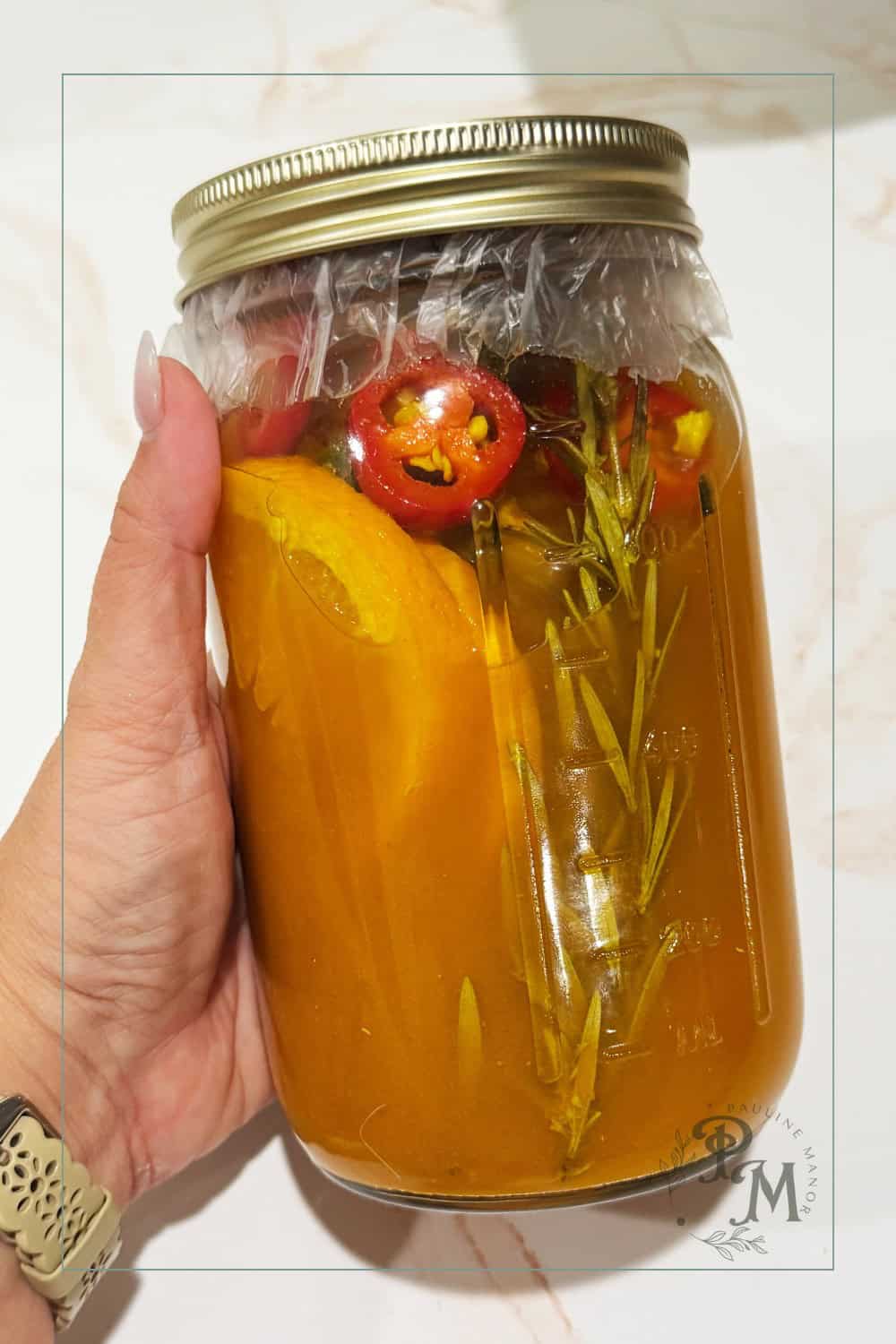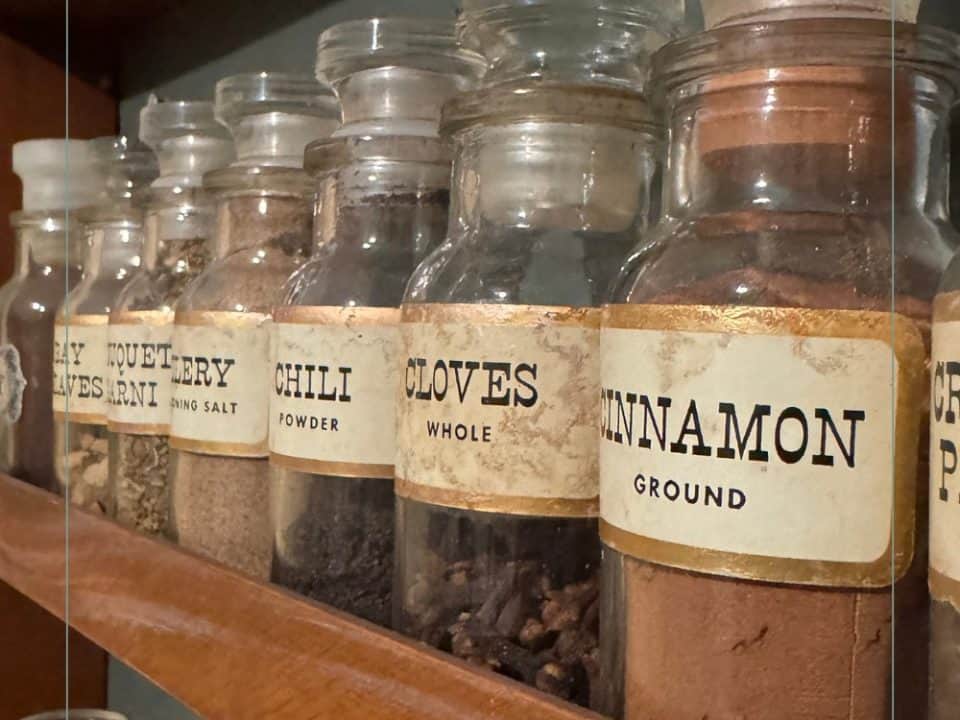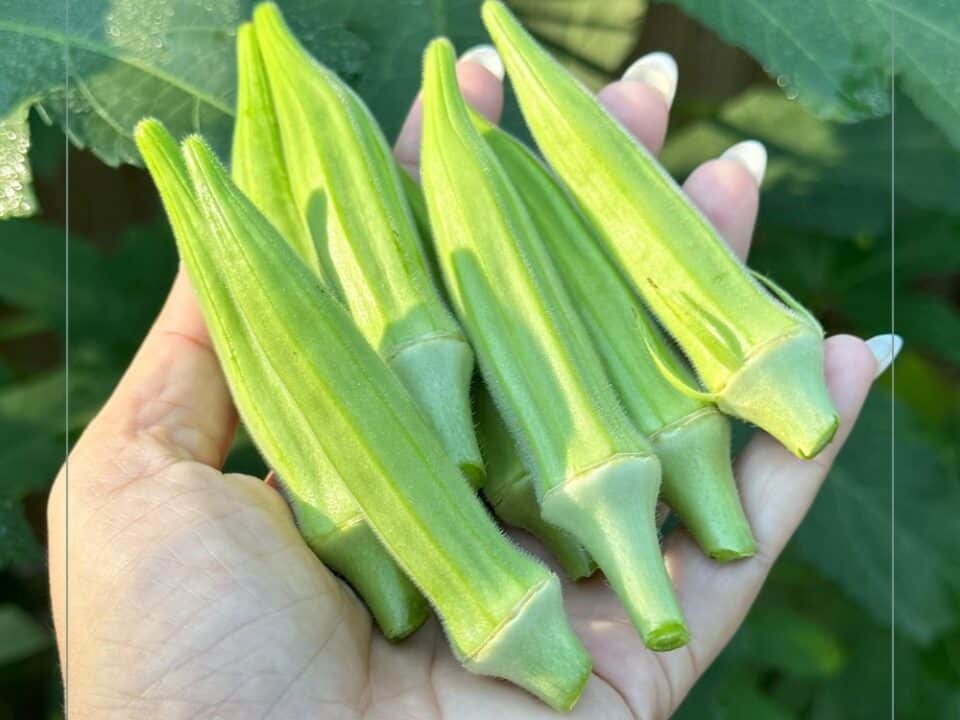Homemade Fire Cider Recipe
I’ve seen Fire Cider all over social media the last few years and always wanted to try it, but every recipe called for ingredients I’d have to hunt down at two or three specialty stores. So I did some research and came up with my own version using things you can grab at any grocery store, or even have Walmart drop off at your front door. It’s fiery, simple, and a bit old-fashioned, the kind of homemade concoction that makes you feel like you’re doing something good for yourself without overcomplicating it.

What Is Fire Cider?
Fire cider is a traditional herbal tonic made by infusing roots, citrus, vinegar, and honey. The result is a tangy, spicy, slightly sweet liquid that’s often used to support the immune system, warm the body, and ease congestion. People take it by the spoonful during cold and flu season, but it’s just as useful in the kitchen for things like salad dressings, marinades, or even splashed into tea.
What makes fire cider so appealing is that it’s made almost entirely from ingredients you probably already have: onion, garlic, ginger, horseradish, hot peppers, lemon, and herbs. Everything is covered in raw apple cider vinegar, left to steep for several weeks, and then strained and sweetened with raw honey.
A Brief History of Fire Cider
Although vinegar tonics like this have been around for centuries in folk medicine traditions, the name fire cider was coined in the late 1970s by herbalist Rosemary Gladstar. She introduced it to her students as a simple, kitchen-based remedy for boosting health during the colder months. From there, it spread widely through the herbalist community and into modern homesteading culture.
The appeal of fire cider is its accessibility. It doesn’t require exotic herbs or hard-to-find ingredients. It’s built on everyday kitchen staples, making it easy to prepare and share.
Fire Cider Ingredients and Their Benefits
- Onion: Naturally antimicrobial and supportive of the respiratory system.
- Garlic: Known for its immune-boosting and antibacterial properties.
- Horseradish root: Strong and pungent, it helps clear sinuses and support circulation.
- Ginger: Warming, anti-inflammatory, and aids digestion.
- Turmeric: Adds bright color and anti-inflammatory power.
- Hot peppers: Stimulate circulation and bring the heat.
- Lemon and orange: Add vitamin C and brighten the flavor.
- Herbs like rosemary or thyme: Antimicrobial and aromatic.
- Apple cider vinegar: Extracts all the beneficial compounds and preserves the tonic.
- Raw honey: Added at the end to balance the acidity and spice while bringing antimicrobial properties of its own.
Where to Find Horseradish Root
This was the one ingredient I had trouble finding… and honestly, I just went with jarred (see below for details). But if you are determined to have a more clean version of your fire cider, here are some tips.
- Fresh horseradish root usually shows up in the produce section of bigger grocery stores, especially around Passover and Easter (it’s used in traditional Jewish cooking).
- You’re more likely to find it at specialty or natural food stores like Whole Foods, Sprouts, or Fresh Market.
- Farmer’s markets are another good option in fall and winter.
- Worst case, you can order fresh horseradish root online from herb suppliers.
It looks like a long, knobby beige root (kind of like ginger, but lighter in color and rougher).
Can You Use Jarred Horseradish?
Technically yes, but it’s not ideal. Most jarred horseradish has vinegar and sometimes stabilizers already added, so you lose a lot of the potency and raw “bite” that makes Fire Cider work. If you’re in a pinch, you can add a spoonful or two of prepared horseradish, but it won’t be as strong or as clean of a flavor.
What About Jarred Ginger?
Same story — jarred ginger (the kind packed in syrup or vinegar) isn’t the best substitute. The processing changes the flavor and texture, and it doesn’t infuse the vinegar the same way. Dried ginger powder is a better backup if you can’t get fresh root.
Best Rule of Thumb
If possible, stick to fresh roots (ginger, turmeric, horseradish). They’re what give Fire Cider its kick. But if you absolutely can’t find fresh horseradish, you can still make Fire Cider without it. Just bump up the ginger and garlic to keep it potent.

Variations of Fire Cider
Every fire cider recipe is a little different because it’s so customizable. Here are some variations to try:
- Add warming spices like cinnamon, cloves, or star anise for extra depth.
- Use different herbs such as oregano, sage, or basil.
- Sweeten with maple syrup instead of honey for a vegan version.
- Toss in a few slices of apple or pineapple to soften the heat.
- Adjust the peppers – jalapeños for mild, habaneros for a fiery kick.
How to Make Fire Cider
- Chop and grate onion, garlic, horseradish, ginger, turmeric, citrus, and peppers. Add them to a glass jar.
- Toss in fresh herbs if you like.
- Cover everything with raw apple cider vinegar, leaving an inch of headspace.
- Seal with a plastic lid (or parchment under metal) and store in a cool, dark place. Shake daily.
- After 4–6 weeks, strain out the solids and stir in raw honey to taste.
- Store in clean jars or bottles in the refrigerator and use as needed.
How to Store Fire Cider and How Long It Lasts
Because it’s vinegar-based, fire cider is naturally preserved. Before straining, it can sit at room temperature in a dark cupboard. After straining and sweetening, most people prefer to refrigerate it. Properly stored, fire cider will last up to a year.
Always use clean utensils when scooping it out, and if it develops an off smell or unusual growth, discard it.
How to Use Fire Cider
- Take 1–2 spoonfuls daily for immune support.
- Stir into warm water or tea with a little extra honey.
- Use it as a base for homemade vinaigrettes.
- Add a splash to soups or stews for a tangy kick.
- Mix with sparkling water for a spicy wellness spritzer.
FAQs About Fire Cider
How long should I steep fire cider before straining?
At least 4 weeks, but up to 6 weeks is ideal for full flavor and potency.
Does fire cider need to be refrigerated?
Not before straining, but after adding honey, refrigeration helps keep it fresh longer.
Can I make fire cider without honey?
Yes. You can leave it unsweetened or substitute it with maple syrup for a vegan option.
What does fire cider taste like?
It’s… bold. Tangy from the vinegar, spicy from the peppers, pungent from the garlic and horseradish, and slightly sweet from the honey.
Is fire cider safe for kids?
Fire cider is strong, and the vinegar and spice may be too much for young children. Always check with a pediatrician before giving herbal remedies to kids.
Final Thoughts
Fire cider is more than just a health tonic. It’s a seasonal ritual, a link to herbal traditions, and a simple way to put your kitchen ingredients to work. Whether you’re sipping it straight, stirring it into tea, or bottling it up as a gift, it’s one of those homemade recipes that feels both practical and a little magical.



